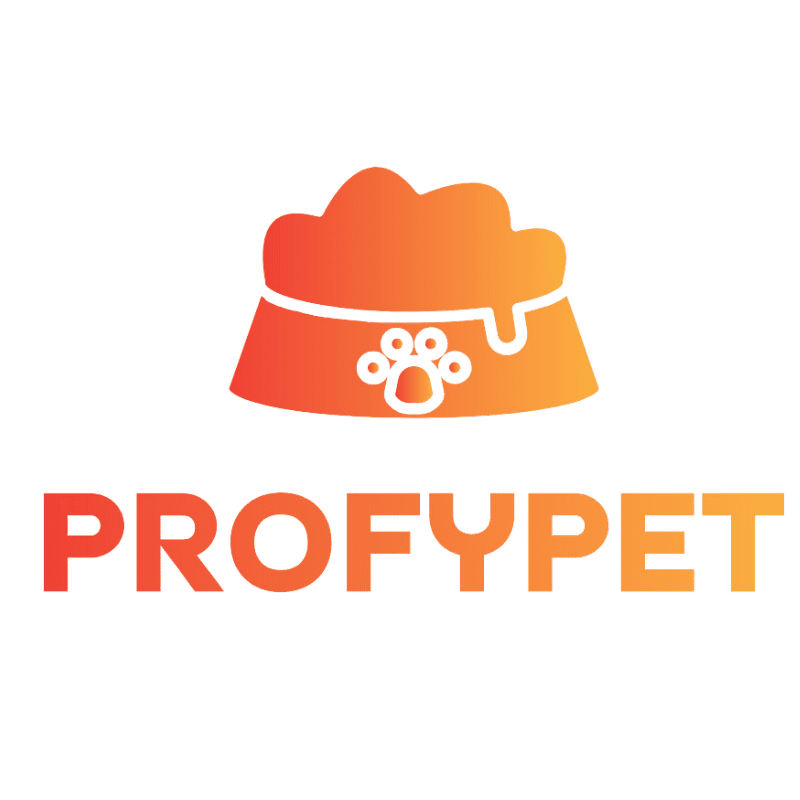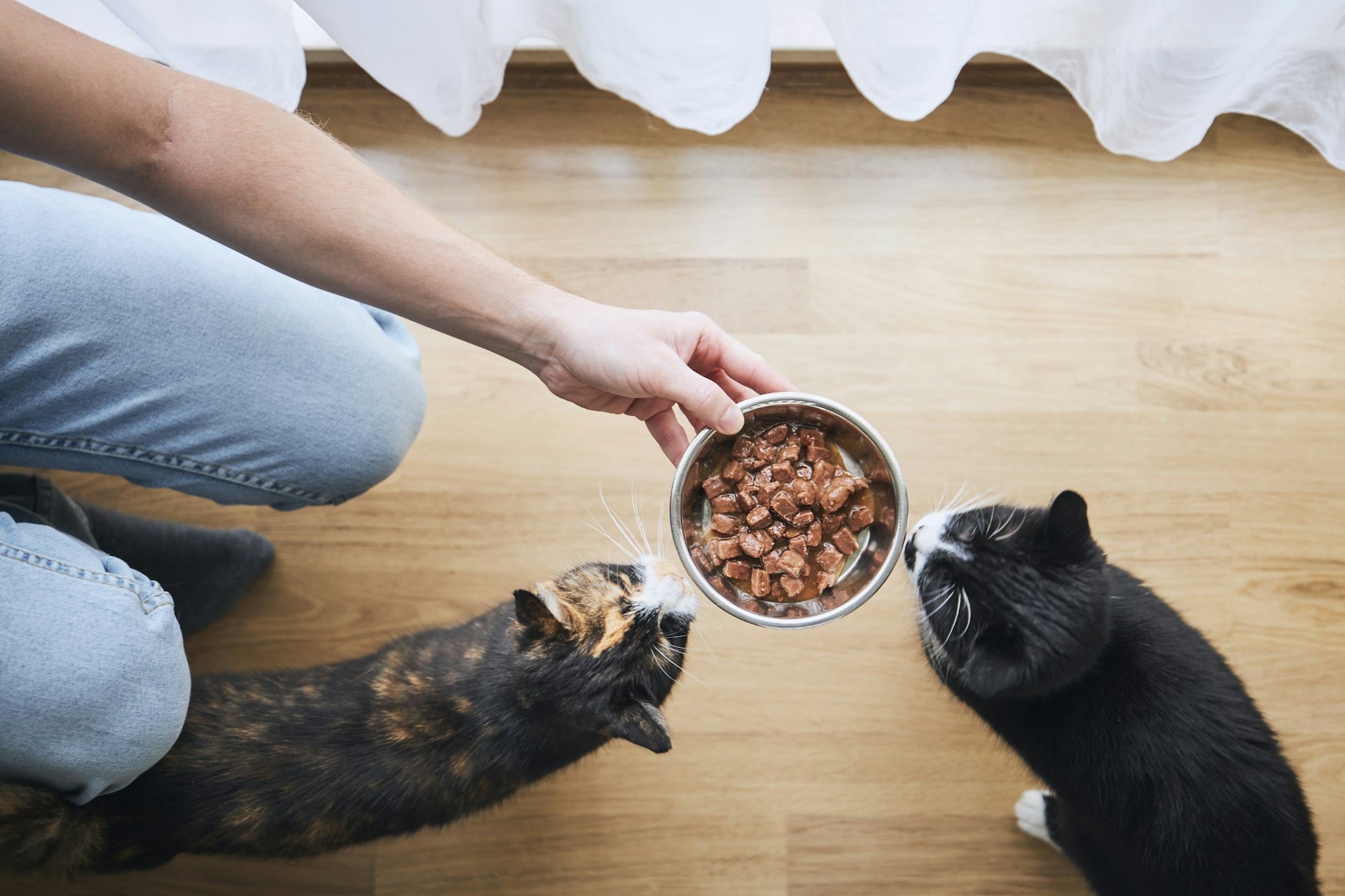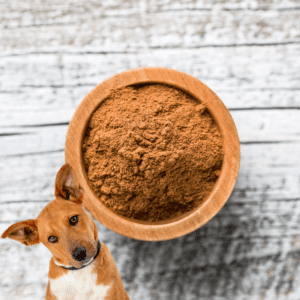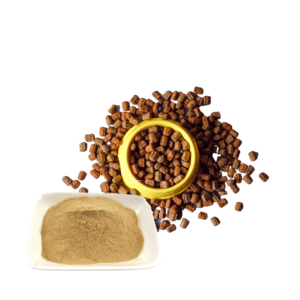
What is dog food Palatability?
The ability of a food or ingredient to pique a dog’s interest in eating and promote fullness
is known as palatability. Because these feeding experiences depend on packaging,
formulation, heat processing, and the quality and stability of raw materials, palatability is
a science that necessitates process cohesion. The perceptual properties of food (taste,
smell, and texture) as well as our hedonic or pleasurable reaction to that food are
combined to make up the palatability. In order to improve the palatability of pet food (main
food, wet food, Snacks, and health goods), the liver and marine fish of cattle and fowl
(chicken, duck) are primarily employed as raw materials.
You can also visit our site https://profypet.com/ and get pet food enhancer, snacks or any
flavor. We have service of 9 flavors for dog food palatability. Check our site to get more
about food palatability.
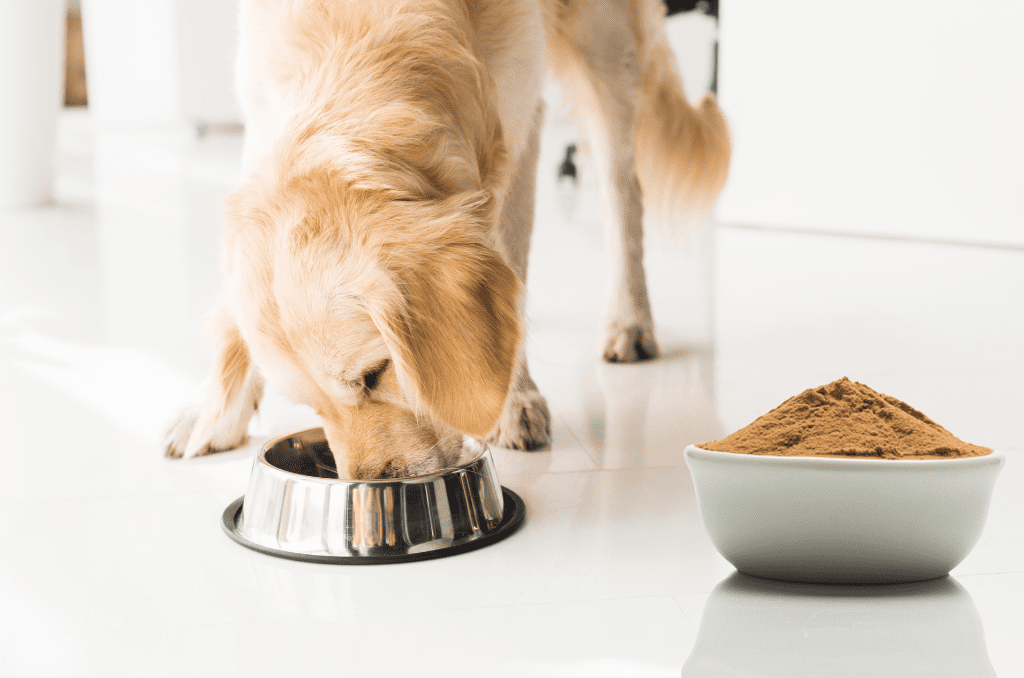
Importance of Dog Food Palatability
It is a crucial food quality since dogs must be willing to consume enough of the food to
satisfy their calories and nutrient requirements. No matter how high-quality the
components or how well-balanced the key elements are, unappealing foods will be
avoided. Dogs base their judgments of a food’s palatability on three sensory factors: its
aroma, its texture, and its macronutrient composition. Due to their delicate noses, dogs
often choose their meal based on aroma. Dogs enjoy the aroma of the food, but it may
not necessarily be the same as what people enjoy.
Even if a pet food is designed to give every necessary ingredient a dog needs, if the
animal won’t consume it, it is of little use. Quality pet diets are carefully created to be both
very tasty and highly nutritious. The components and raw materials used in highly
appetizing dog food recipes include palatants. Palatants help make your dog’s food taste,
look, and smell better. Fat, salt, proteins, yeasts, and other flavors are examples of
palatants that are used to improve the flavor of food. To make dry foodstuffs more
palatable and alluring, more palatants are typically required.
How to Increase dog food palatability?
Here are the few steps or tips for increasing dog food palatability.
Choose the Correct Protein
Either your dog chooses dry or wet food, keep in mind that the protein choice is crucial.
The dog diets that come in a variety of meaty flavors, such as mutton, beef, and chicken,
are among the most delectable.
Test out food additives
Adding artificial ingredients is another method for enhancing food flavor. The dog owner
may add actual meats to the meal, such as boiled turkey, or flavored store-bought gravies.
Employ soft treats
Many supplements contain components that dogs don’t enjoy because they want to boost
the nutritious value of food. To improve the taste of dog food, try adding liquid or soft
treats. Additionally, some vitamins are naturally tasty. These may be added to dog food
to improve flavor while preserving nutritional value.
Include a lot of fat in it
Dry dog diets are made more pleasant by including fats, salts, and other chemicals.
Additionally, fats provide food a milder taste that dogs typically prefer. In fact, dogs actively
seek out the flavor of fat in their food because they believe it to be delicious. While
providing your dog with extremely appetizing food is the goal, be careful to check the
proper level of fat content with the doctor
Digestive Enzymes
Add digestive enzymes and probiotics for dogs. Enzymes present in the components are
destroyed during the kibble-making process. Enzymes can significantly increase
digestibility and support gut health. Add a little of yogurt, cream cheese, or another moist
whole food to the top of the kibble, then mix the digestive enzymes in just a little. The
enzymes will be consumed by your dog in the first few bites, aiding in the digestion of the
kibble that follows. Do this before each meal. We advocate using our own, chemically
treated Good Digestion, which contains live probiotics to refill the good bacteria that have
been reduced in the digestive system as well as plant-sourced digestive enzymes to
restore those lost from whole foods during cooking and preparation.
Top with a boost of freeze-dried raw dog food
Add some extra freeze-dried raw dog food on top. For good reasons, meal toppers are
becoming more and more popular. They can boost the quantity of protein that is
biologically acceptable while being handy and lightly cooked. Dogs adore them, too.
Raw foods that have been freeze-dried are a great approach to increase the nutritional
value of your diet. They frequently arrive in chunks that you may add to your dog’s food.
They include a lot of high-quality animal proteins. Many people also have them as training
treats because they are so delicious.
Feed fowl with its raw, meaty bits
Chicken bones, particularly the wings, necks, and backs, are flexible and malleable
enough to be consumed whole. Calcium and some other minerals are present in the right
proportions in raw bones, along with proteins, lipids, and a variety of other important
elements. Both the additional nourishment and the beneficial chewing outlet are
especially beneficial to puppies and especially dogs.
How dog food palatability Works?
The palatability of a food is assessed in a variety of ways by pet food manufacturers. The
first appeal of the meal’s fragrance, appearance, and texture can be determined via tests
that gauge the dog’s choice when it is first offered a new food. Food preference tests are
used to gauge long-term interest. Two diets are supplied to each dog, and they are both
placed in identical containers to the left and right. To meet the dog’s energy requirements,
more than enough food is provided in each bowl, and the bowls’ locations are alternated
daily to cater for canines who favor the right or left side. It is measured how much food is
eaten at each meal on several days. These tests reveal a food’s long-term acceptance
by dogs and its comparative palatability in comparison to other foods. Feeding the food
to pets in homes where both the pet’s and the owner’s impressions of the meal are taken
into account is the last test of palatability
Flavors That Dogs Like
Meaty Flavor
Dogs enjoy consuming animal meat.
Your dog doesn’t need to continue seeking out additional salt because the amount of salt
in meat meets their needs.
Dog diets featuring chicken, fish, turkey, mutton, or beef should be sought out.
Protein from meat sources is not only good for your dog’s health, but they also offer a
delicious aroma and taste.
Stews or Gravy
Wet food is typically preferred by dogs and pups than dry food.
Consider combining some meal with broth, gravy, or stew.
The moistness and additional meaty flavor of the broth can enhance the flavor of dishes.
Animal Fat
Any dog meal that contains animal fat is better.
Animal fat is an essential part of your pet’s diet. Your veterinarian must decide the safe
percentage of fat consumption for each meal.
We are offering number of flavors so you can visit our site https://profypet.com/ to choose
flavor.
How Does A Dog Determine If Food Is Palatable?
Dogs have substantially more taste perception than smell sensors in compared to
humans. This suggests that dogs tend to be more attracted to foods with greater scents.
While fragrance is important, less fragrant meals like dry kibble can also enhance your
dog’s enjoyment of food. A dog’s sense of taste are difficult to detect lipids in addition to
salt (but not necessarily salt flavor). Kibble is frequently supplemented with fat to enhance
flavor and palatability without turning the dish foul-smelling.
While taste and aroma are some of the main ways a dog determines whether something
is pleasurable, palatability can also be affected by a variety of things, including the dog’s
individual tastes and even the owner’s interests for meals and feeding times.
Conclusion
The ability of a food to be consumed by dogs, indicating acceptance or favor of one food
over another, is known as palatability. The most popular method for determining the
palatability of pet food is the single-bowl or two-bowl assay. The most crucial element
affecting food choice or preference is a dish’s palatability, particularly its pleasantness of
taste. It is widely known that the macronutrient composition affects the flavor of foods,
with foods generally having a higher flavor when they contain more fat and sugar. These
studies provide some insight into how the animals perceive the food, but they also have
significant limits. Studies could address these concerns by creating methods that can
better predict cat and dog food preferences or address issues linked to palatability
.
